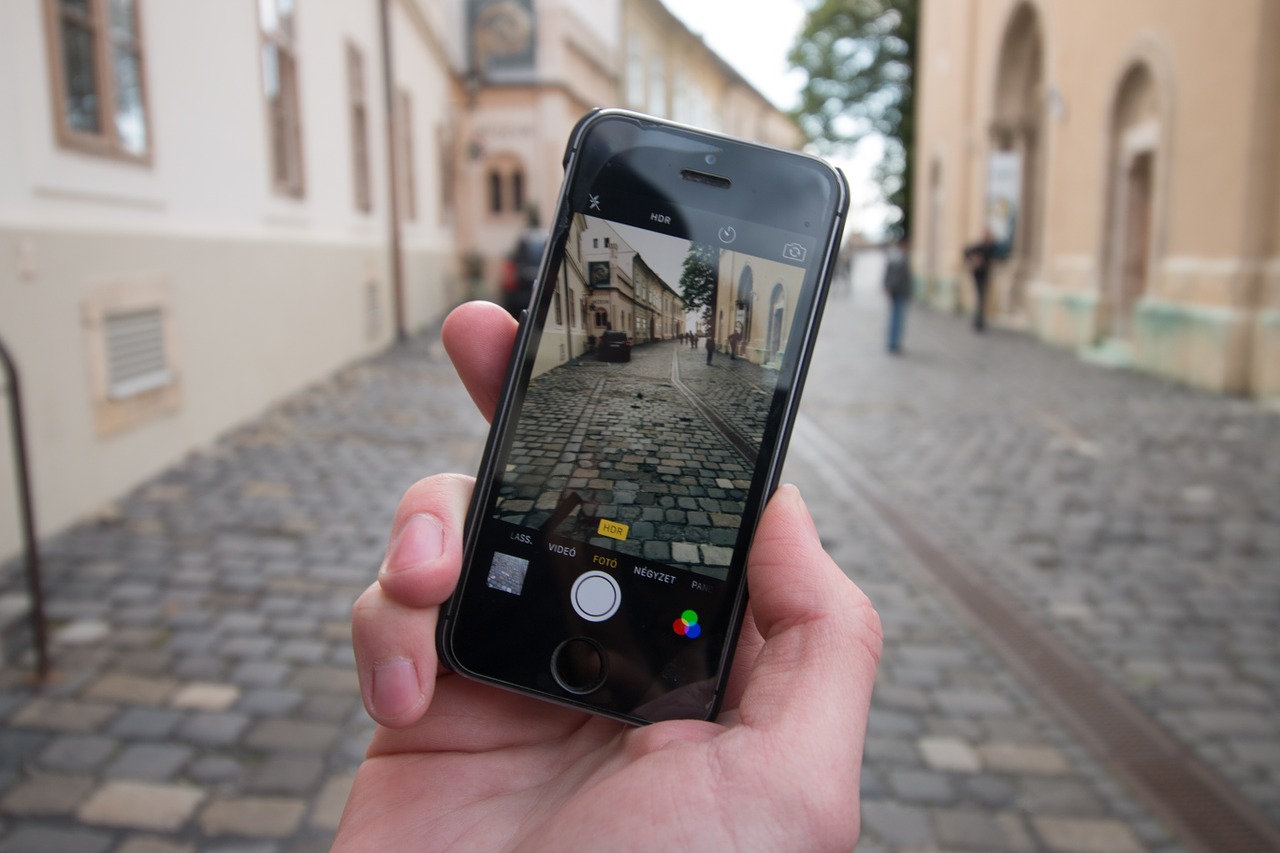This article was 1st published on our sister Site, The Internet Of All Things.

With more and more cities turning “smart”, the most obvious question that comes to mind is – how secure and tech-safe are they?
This is a question that is often asked of people like Brad Hartig, Chief Information Officer of Scottsdale. Earlier, Brad had been quoted on another Website as saying that a major concern for professionals of his ilk was Online security. On another note, he admitted that almost all departments in the city’s administration had experienced hacking, one time or the other.
Which means there are risks. Firewalls were being attacked and port scans were being done by hackers. Obviously, a lot of data means more “exposure”, so the chances of an intruder getting inside your system is also more. To combat this, companies like Scottsdale are using a multiple layer security method that is innovative, while those using it are also being regularly trained to update themselves. Cyber security problems will always be there and are unavoidable. So how an organisation tackles them is what’s very important.
Some concerns
The most important concern in this battle is the privacy of people. Today, the most challenging obstacle that those in this business face is the scrutiny of citizens and also the collection of public information, all of which puts ordinary people at risk because of the chances of their privacy being exposed or encroached upon. For the promotion of urban technology through cooperation and partnerships, projects such as NewCities help. It is an international nonprofit organisation dedicated to making “cities more inclusive, connected, healthy and vibrant.” With a focus on people, places and policies, this organisation brings together a global network of public and private sector leaders and urban tech innovators to foster results-oriented collaboration.
Constant innovation, say security experts, is one way to reduce the negative impact on people. What is also generally needed is more such collaborations and even the use of plain-language in communications. Putting in place a forecasting mechanisms in context of a smart city,and increasing the participation of citizens are some of the other key factors in the management of a smart city’s Online security. The growth of smartphones, and now other “smart” devices, will only add to the people’s engagement.
Another obstacle is the integration of the various government departments with the information technology sector. This requires a major change in people’s mindset. It also calls for the need to move from managing just departments of a city’s civic administration, working in silos, to a much bigger, integrated and cooperative way of working, involving all the spheres of a government.
Success is only possible if executives and the different leaders of the individual units can collaborate and work together as a cohesive force. This way, they can ensure that smart services are shared safely among citizens.
The prototype of a smart city is for people to collaborate in a real time, and to constantly exchange information between the city admin and its inhabitants.
The third challenge is an obvious one – how to fund the transformation to a smart city? There are attempts to lower the capital costs now. Also, one way is to a more prudent management of the civic assets, consolidation of servers and use of services that are shared like computing in Cloud that will help to decrease the cost of the initiatives to transform a city into a smart one.
For the rest of the article,click here.

